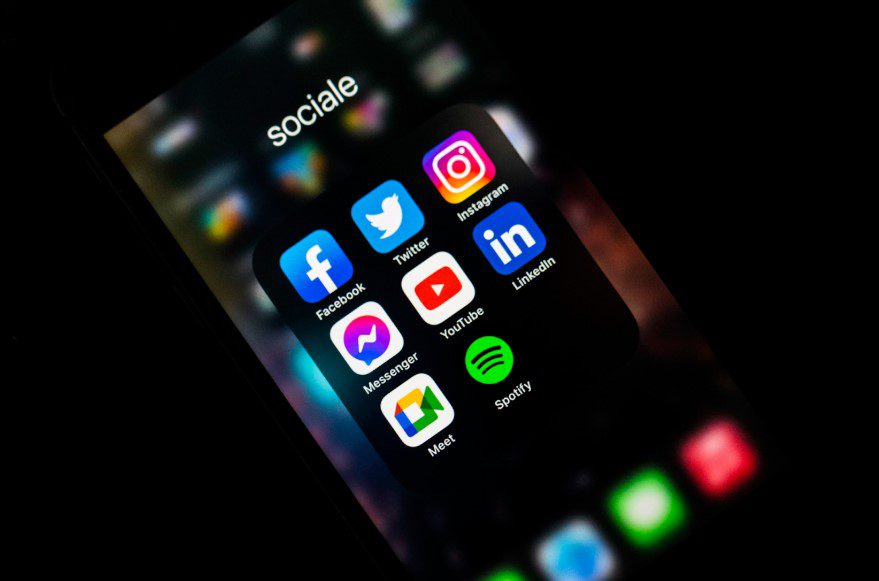Filipino consumers are living in a digital-first world. They’re on Facebook, scrolling through Shopee, checking SMS promos, and visiting physical stores all in a single day. But showing up on every platform isn’t enough anymore. What matters most is how well those touchpoints work together.
That’s where the real difference lies between multichannel and omnichannel marketing. In this article, let’s break down the differences between multichannel and omnichannel marketing, why it matters, local examples and how public relations and integrated marketing agencies can help brands succeed.
Multichannel Marketing: Being Present Everywhere
Multichannel marketing involves using multiple platforms to reach your audience. Its advantages include a wider reach, ease of execution, and suitability for small campaigns or one-off promotions. For example, a local fast-food chain might launch a Facebook-only promo for deliveries, air a catchy jingle on the radio for dine-in promos, and send SMS reminders about app-exclusive offers.
Each channel delivers results, but the customer experiences them separately.
Omnichannel Marketing: Creating a Seamless Brand Experience
Omnichannel marketing takes things a step further. It’s not just about being present—it’s about being cohesive. In an omnichannel setup, all platforms are connected. Messaging, design, data, and timing are aligned to deliver a smooth, consistent experience wherever your customer interacts with your brand.
The goal? No matter where a customer engages (online, offline, or on mobile), the experience feels personalized, effortless, and unified.
Omnichannel marketing enhances brand recall, increases customer satisfaction, boosts engagement and loyalty, and enables data-driven personalization.
Let’s say a clothing brand plans to launch a summer collection. Marketing efforts could include posting a teaser video on Instagram. Then the customer visits the website and saves items in their cart. Shortly after, they receive a Viber message reminding them of their saved items along with a nearby store locator. They decide to purchase the item in-store, and afterward, they receive a thank-you email and loyalty points, creating a seamless and personalized shopping experience across multiple touchpoints.
Each step builds upon the previous one. This is omnichannel marketing in action, and Filipino consumers love the convenience and personalization it brings.
Why Omnichannel Is Catching On in the Philippines
Filipino consumers are digitally savvy but still crave the warmth of personal service. Surveys show:
- Filipinos hop across an average of 7.8 websites before making a purchase decision (BusinessWorld, 2021)
- Yet 68.61% of Filipinos still prefer traditional shopping (BusinessWorld, 2018).
- Although e-commerce in the Philippines is booming, SMEs need accessible, integrated digital tools to compete and grow effectively (BusinessWorld, 2025)
This hybrid behavior makes the omnichannel approach ideal for Philippine brands, especially in retail, F&B, telecom, finance, and services.
Key Differences Between Omnichannel and Multichannel
Multichannel marketing involves using multiple platforms or channels—like social media, email, websites, and physical stores—to reach customers. However, in this approach, each channel typically operates independently. This means that the marketing messages and customer experience can vary significantly from one channel to another.
And because the channels aren’t integrated, customers may encounter inconsistencies when interacting with the brand across different touchpoints.
On the other hand, omnichannel marketing creates a unified and seamless customer experience by integrating all marketing channels. Rather than treating each channel as a separate entity, omnichannel marketing connects them so that customers can move smoothly between platforms.
Omnichannel marketing is customer-centric and focuses on long-term brand loyalty and improved engagement. Although it can be more complex and resource-intensive to set up, omnichannel strategies deliver a more cohesive and satisfying experience for consumers.
Top Challenges for Philippine Brands and How to Overcome Them
1. Lack of Data Integration
Many brands treat in-store and online data as separate. CRMs, POS systems, and digital tools don’t talk to each other.
Solution: Invest in tools that bring data together. Or better yet, partner with a Public Relations Agency that can help track, analyze, and optimize your customer journey from end to end.
2. Inconsistent Messaging
When different teams handle social media, in-store, and PR separately, your message and tone can get muddled.
Solution: Centralize your brand voice. An integrated marketing agency ensures all your platforms, from TikTok to press releases, speak the same language.
3. Limited Technical Resources
SMEs may not have the resources to build an advanced omnichannel system.
Solution: Start simple. Link your e-commerce site to Facebook Ads. Sync your email platform with your CRM. Grow from there, with the right agency partner to guide you.
How a PR and IMC Agency Can Help
Partnering with a PR and IMC agency can make the transition from multichannel to omnichannel easier and more effective. Here’s how:
- Strategy & Planning
They map out your customer journey and select the right platforms based on actual behavior in the Philippine market. - Consistent Content
They ensure your messaging stays unified across all channels—whether it’s social media, TV, print, or in-store displays. - Online + Offline Integration
They connect every part of the customer experience, from media coverage to influencer campaigns. - Performance Monitoring
They don’t just launch campaigns—they continuously fine-tune and optimize them using real-time data.
Omnichannel is the Future
Filipino consumers expect more, and they reward brands that deliver seamless, personalized experiences. If your current marketing feels scattered, it might be time to evolve.
Shifting to an omnichannel approach doesn’t have to be overwhelming. But it does need to be intentional. Start small, stay consistent, and consider partnering with a PR or IMC agency that truly understands the local market.
Ready to level up your marketing? Work with NGP IMC, and we will help you turn scattered campaigns into seamless brand experiences. Filipino consumers deserve nothing less, and your brand will be better for it.
References
- BusinessWorld. (2021, September 1). Before buying: Filipino online shoppers visit around 8 websites — Facebook. https://www.bworldonline.com/technology/2021/09/01/393040/before-buying-filipino-online-shoppers-visit-around-8-websites-facebook/
- BusinessWorld. (2025, May 19). How Filipino SMEs can grow with the digital economy with Odoo’s Shopee API. https://www.bworldonline.com/spotlight/2025/05/19/673002/how-filipino-smes-can-grow-with-the-digital-economy-with-odoos-shopee-api/#:~:text=The%20benefits%20of%20digitalization%20%E2%80%94%20centralized,or%20too%20costly%20to%20implement.
- BusinessWorld. (2018, October 3). Filipinos still prefer in-store shopping over online sites. https://www.bworldonline.com/corporate/2018/10/03/190812/filipinos-still-prefer-in-store-shopping-over-online-sites/

Amy Ruth Valenzuela is a graduate of Far Eastern University, where she earned a Bachelor of Arts in Communication. With a strong passion for communications and media relations, Ruth has developed a diverse skill set that includes journalism, scriptwriting, events and production management, risk management, social media marketing, and layout and graphic design. Her experience in these areas has shaped her approach to storytelling and content creation, driving a commitment to excellence in every project. Ruth is dedicated to leveraging her expertise to create impactful narratives and foster meaningful connections in the industry.


